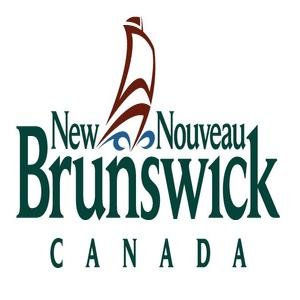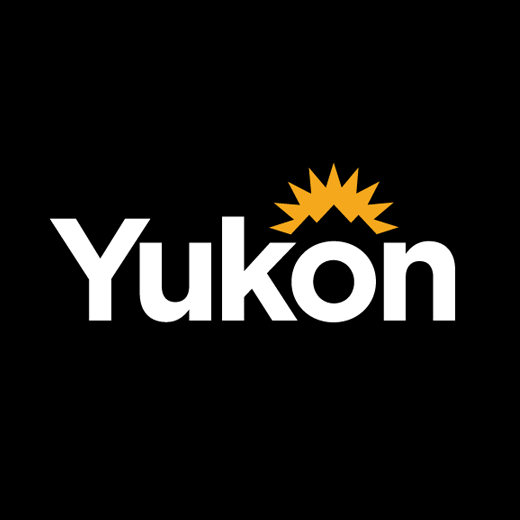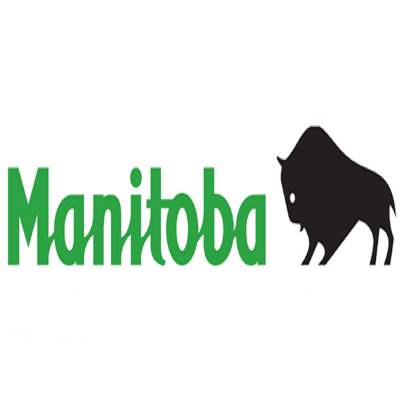contours
Type of resources
Available actions
Topics
Keywords
Contact for the resource
Provided by
Years
Formats
Representation types
Update frequencies
status
Service types
-

Contours created at 50m and 10m intervals throughout New Brunswick. These contours are derived from 6 point per meter LiDAR data acquired between 2015 – 2018.
-

Line information containing elevation isobars to aid in the depiction of changes in elevation at 1:1,000,000 scale. (eg. mountain peaks or depressions). Contour lines captured at 1:1,000,000 scale from Digital Chart of the World data for the Yukon and surrounding area. Distributed from [GeoYukon](https://yukon.ca/geoyukon) by the [Government of Yukon](https://yukon.ca/maps) . Discover more digital map data and interactive maps from Yukon's digital map data collection. For more information: [geomatics.help@yukon.ca](mailto:geomatics.help@yukon.ca)
-
This CLIMATE CHANGE service is a component of a hybrid WEB/GIS online mapping application developed by Environment Canada (EC) with funding support from the Climate Change Action Fund (CCAF) and GeoConnections. It gives access to analyses of both historical climate data, and projected climate change scenarios, developed from the Statistical Downscaling Model (SDSM), using global grid scale projections from the Canadian Global Circulation Model 1 (CGCM1), running the Green House Gas plus Aerosol emissions experiment (GHG+A1). Downscaled scenarios are available for three meteorological parameters; maximum daily temperature (Tmax); daily minimum temperature (Tmin), and total daily precipitation (Pcpn). Contours are generated using data from 14 sites in Atlantic Canada for the historical period (1961-90), and for projections into the 2020's (2011-2040), the 2050's (2041-2070), and the 2080's (2071-2100).
-

The Yukon Geological Survey (YGS) has compiled over 195 surficial geology maps into a standardized GIS format, providing approximately 80% coverage of the territory. The maps range in scales from 1:250,000 to 1:10,000 with spatial overlap between scales. The original maps were produced by various agencies, including the Geological Survey of Canada, YGS, Yukon Government, universities, and the City of Whitehorse. All original feature descriptions have been preserved and also converted to standardized values using the Yukon terrain classification system. The compilation includes 4 GIS datasets and supporting documents available for download via [YGS integrated data system](https://data.geology.gov.yk.ca/Compilation/33) (YGSIDS) or GeoYukon. A .lyr file is [provided](https://data.geology.gov.yk.ca/Compilation/33) to symbolize feature classes and differentiate overlapping maps at different scales. Additionally, there is a surficial geology map index. The polygon attributes captured include surficial material, texture, age, surface expression, and geomorphological processes. Line features include geological contacts, glacial limits, glacial landforms (cirques, arêtes, eskers, meltwater channels, moraines), and non-glacial landforms (faults, lineaments, landslides, escarpments). Point features include field station, fossil and sample locations, glacial landforms (erratics, kames, kettles, drumlins, flutings), permafrost features (pingos, palsas, patterned ground, thermokarst depressions), and other non-glacial landforms (landslides, tors). The map index provides information on each map publication such as author, map title, map scale, publisher. These data are valuable for land-use applications in the territory, including: mineral and placer exploration, geotechnical engineering, infrastructure planning, granular resource assessments, permafrost modeling, agricultural assessments, forest management, and biophysical or ecological land classification. Distributed from [GeoYukon](https://yukon.ca/geoyukon) by the [Government of Yukon](https://yukon.ca/maps) . Discover more digital map data and interactive maps from Yukon's digital map data collection. For more information: [geomatics.help@yukon.ca](mailto:geomatics.help@yukon.ca)
-

Five meter contour intervals derived from the Whitehorse Inventory data capture. The field work for the inventory was carried out during the winter of 2004/2005 with the project delivered by the contractor in October 2005. Delineation was based on 1:10,000 black and white photography acquired by the City of Whitehorse in 2001. Mapping and DTM were available for this project based on the 2001 photography. Distributed from [GeoYukon](https://yukon.ca/geoyukon) by the [Government of Yukon](https://yukon.ca/maps) . Discover more digital map data and interactive maps from Yukon's digital map data collection. For more information: [geomatics.help@yukon.ca](mailto:geomatics.help@yukon.ca)
-

Elevation Features entities are: Contour and Elevation Point. CanVec is a digital cartographic reference product of Natural Resources Canada (NRCan). It originates from the best available data sources covering Canadian territory, offers quality topographical information in vector format, and complies with international geomatics standards. CanVec is a multi-source product coming mainly from the National Topographic Data Base (NTDB), the Mapping the North process conducted by the Canada Center for Mapping and Earth Observation (CCMEO), the Atlas of Canada data, the GeoBase initiative, and the data update using satellite imagery coverage (e.g. Landsat 7, Spot, Radarsat, etc.). Distributed from [GeoYukon](https://yukon.ca/geoyukon) by the [Government of Yukon](https://yukon.ca/maps) . Discover more digital map data and interactive maps from Yukon's digital map data collection. For more information: [geomatics.help@yukon.ca](mailto:geomatics.help@yukon.ca)
-

Elevation Features entities are: Contour and Elevation Point. CanVec is a digital cartographic reference product of Natural Resources Canada (NRCan). It originates from the best available data sources covering Canadian territory, offers quality topographical information in vector format, and complies with international geomatics standards. CanVec is a multi-source product coming mainly from the National Topographic Data Base (NTDB), the Mapping the North process conducted by the Canada Center for Mapping and Earth Observation (CCMEO), the Atlas of Canada data, the GeoBase initiative, and the data update using satellite imagery coverage (e.g. Landsat 7, Spot, Radarsat, etc.). Distributed from [GeoYukon](https://yukon.ca/geoyukon) by the [Government of Yukon](https://yukon.ca/maps) . Discover more digital map data and interactive maps from Yukon's digital map data collection. For more information: [geomatics.help@gov.yk. ca](mailto:geomatics.help@yukon.ca)
-

Elevation Features entities are: Contour and Elevation Point. CanVec is a digital cartographic reference product of Natural Resources Canada (NRCan). It originates from the best available data sources covering Canadian territory, offers quality topographical information in vector format, and complies with international geomatics standards. CanVec is a multi-source product coming mainly from the National Topographic Data Base (NTDB), the Mapping the North process conducted by the Canada Center for Mapping and Earth Observation (CCMEO), the Atlas of Canada data, the GeoBase initiative, and the data update using satellite imagery coverage (e.g. Landsat 7, Spot, Radarsat, etc.). Distributed from [GeoYukon](https://yukon.ca/geoyukon) by the [Government of Yukon](https://yukon.ca/maps) . Discover more digital map data and interactive maps from Yukon's digital map data collection. For more information: [geomatics.help@yukon.ca](mailto:geomatics.help@yukon.ca)
-

Elevation Features entities are: Contour and Elevation Point. CanVec is a digital cartographic reference product of Natural Resources Canada (NRCan). It originates from the best available data sources covering Canadian territory, offers quality topographical information in vector format, and complies with international geomatics standards. CanVec is a multi-source product coming mainly from the National Topographic Data Base (NTDB), the Mapping the North process conducted by the Canada Center for Mapping and Earth Observation (CCMEO), the Atlas of Canada data, the GeoBase initiative, and the data update using satellite imagery coverage (e.g. Landsat 7, Spot, Radarsat, etc.). Distributed from [GeoYukon](https://yukon.ca/geoyukon) by the [Government of Yukon](https://yukon.ca/maps) . Discover more digital map data and interactive maps from Yukon's digital map data collection. For more information: [geomatics.help@yukon.ca](mailto:geomatics.help@yukon.ca)
-

Vector tile layer of waterbody contours in Manitoba - includes labels
 Arctic SDI catalogue
Arctic SDI catalogue